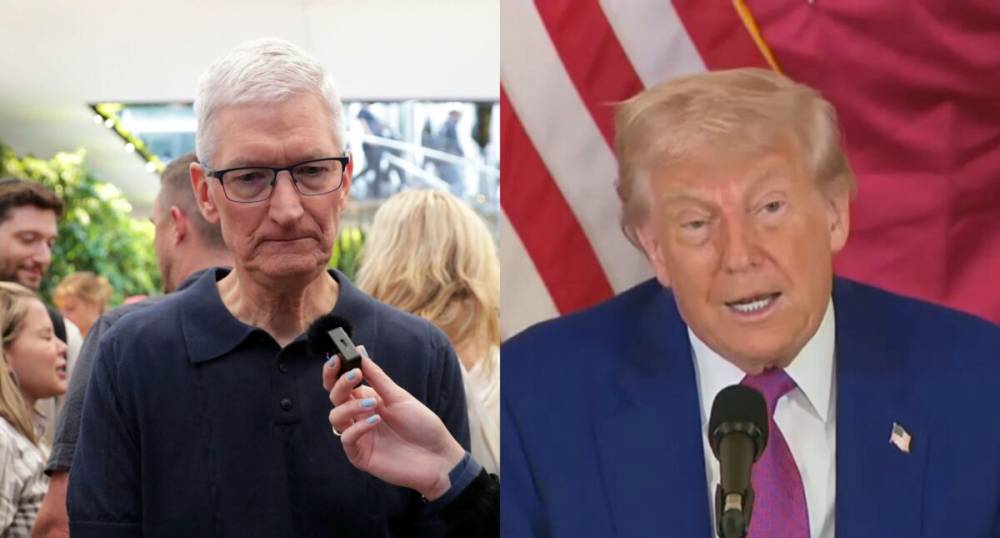
Washington, D.C. | May 23, 2025
Former U.S. President Donald Trump has once again targeted Apple Inc., warning the tech giant of a steep 25% import tariff on iPhones and other Apple products manufactured outside the United States.
In a fiery post on social media, Trump stated that if Apple continues to manufacture its devices in countries like China or India instead of the U.S., he would push for the imposition of a heavy import duty. “If Apple doesn’t bring its manufacturing back to American soil, they should face a 25% tariff on every iPhone imported into the country,” Trump said.
This warning echoes his longstanding stance on promoting American manufacturing and reducing dependency on overseas production. During his presidency, Trump frequently criticized U.S. companies for outsourcing jobs and production, urging major firms to invest more in domestic manufacturing.
Apple, which assembles most of its products in China and has recently expanded manufacturing in India, has not yet officially responded to Trump’s statement. Industry analysts suggest such a tariff could significantly impact Apple’s pricing strategy and potentially increase the cost of iPhones for American consumers.
The threat comes amid a broader political narrative as Trump continues his campaign activities ahead of the 2024 elections. Trade and manufacturing are expected to remain central themes in his rhetoric.
Experts caution that such measures, if implemented, could strain U.S. trade relations and disrupt global supply chains. However, Trump’s supporters argue that it would help revive American industry and protect domestic jobs.
Apple’s stock saw a slight dip following the statement, reflecting investor concerns over potential policy changes if Trump regains influence in Washington.
As the political climate intensifies, the tech industry is bracing for renewed debates on globalization, tariffs, and economic nationalism.